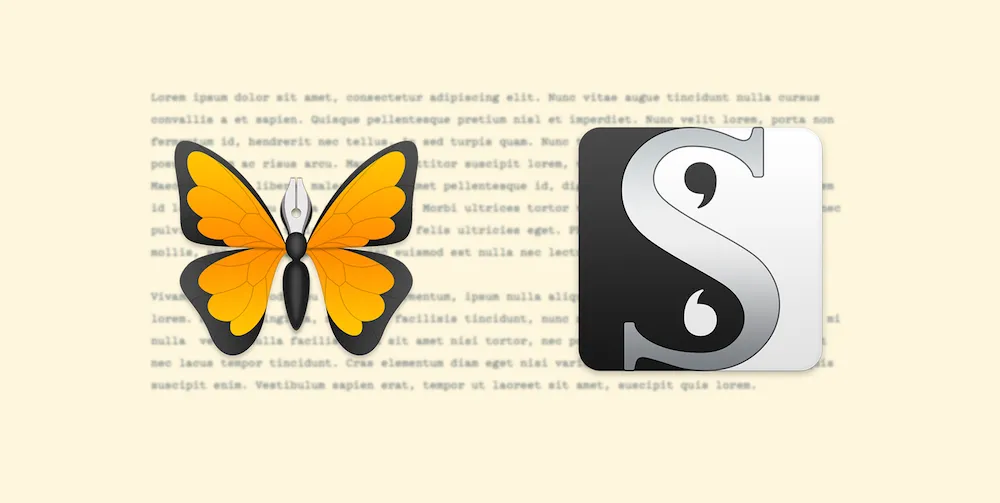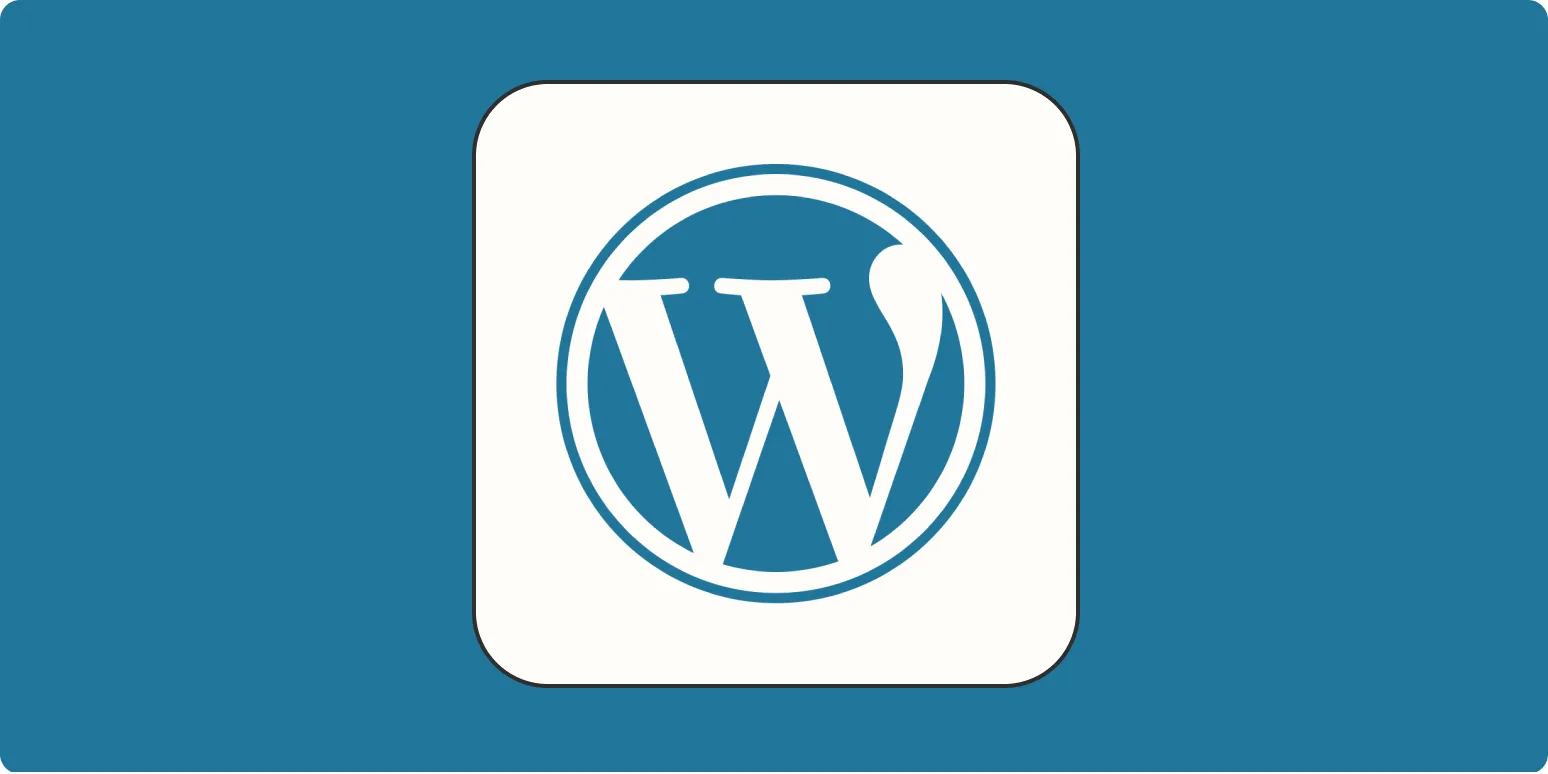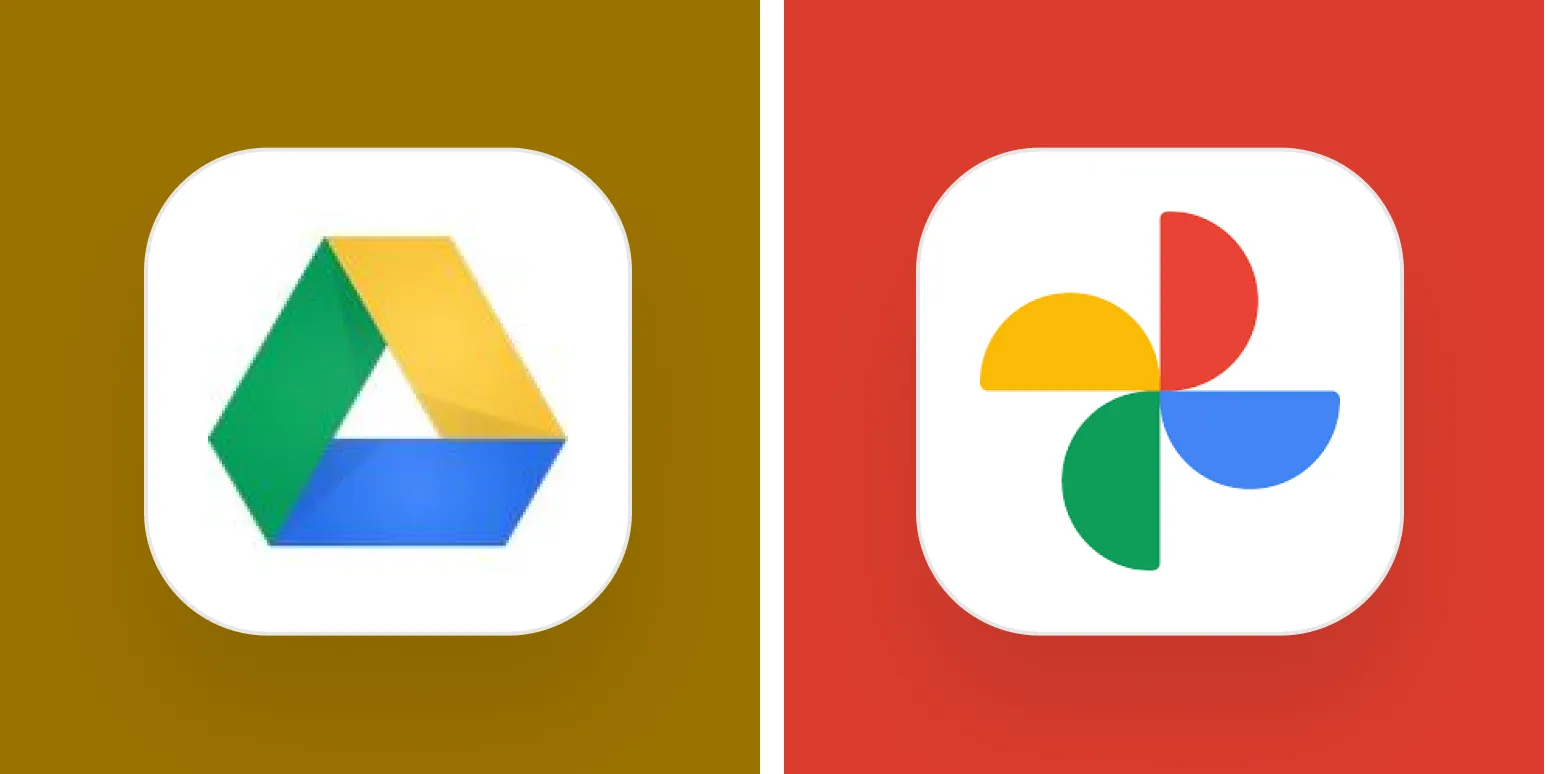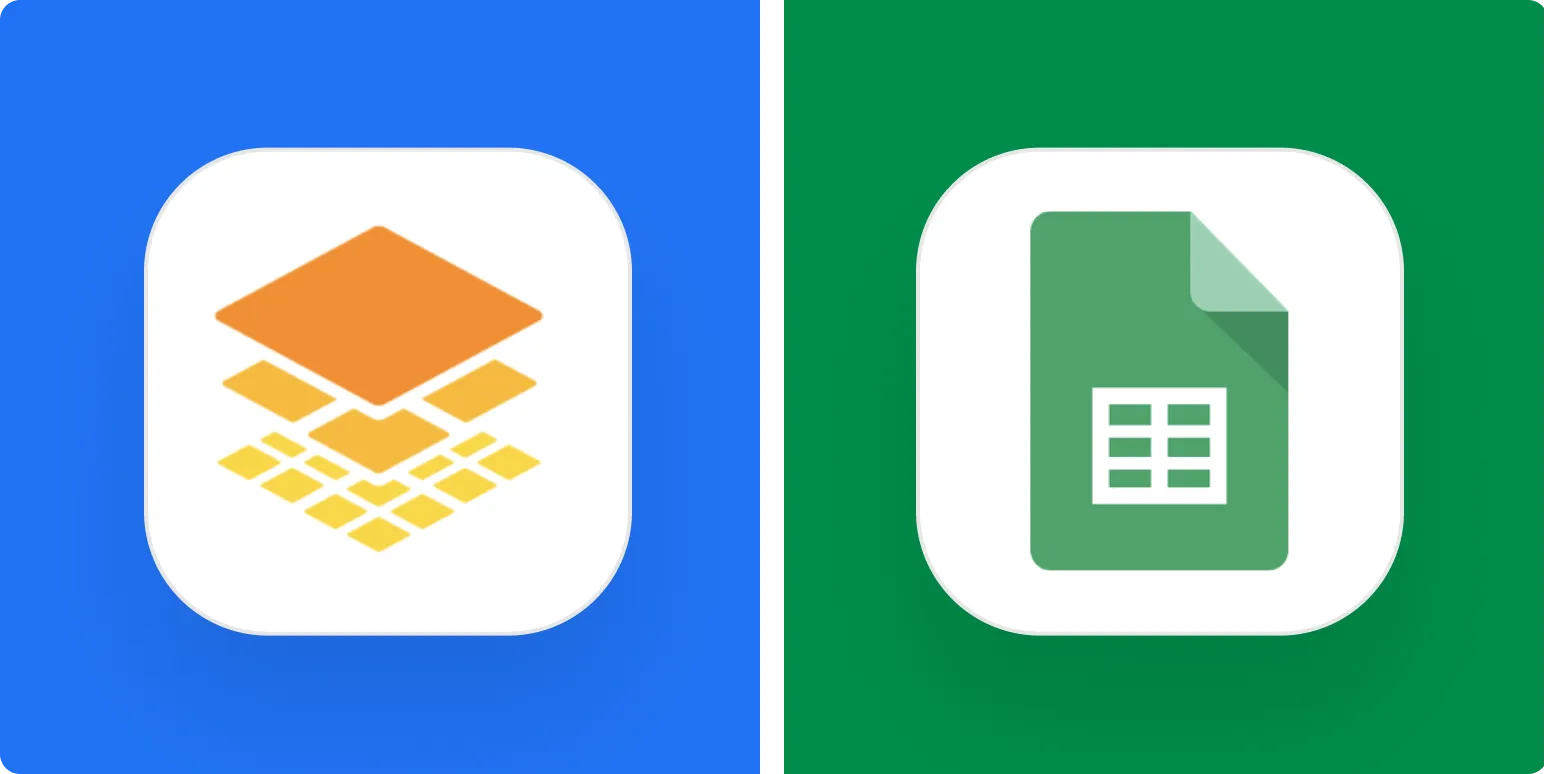Overview of Outlook and Gmail
When it comes to email platforms, two giants dominate the field: ''Outlook'' and ''Gmail''. Both services offer unique features, integrations, and user experiences that cater to different needs. In this article, we will compare these platforms based on their functionalities, user interface, and overall performance in 2025.
Key Features Comparison
Understanding the key features of both ''Outlook'' and ''Gmail'' can help users determine which platform best suits their needs. Below is a comparative chart highlighting essential features:
| Feature | Outlook | Gmail |
|---|---|---|
| User Interface | Modern, customizable, and integrates well with Microsoft 365 tools | Sleek, minimalistic, and integrates seamlessly with Google Workspace |
| Storage | 15 GB free, with options to purchase more through Microsoft 365 | 15 GB free, shared with Google Drive and Photos |
| Email Organization | Folders, categories, and focused inbox feature | Labels, tabs, and powerful search capabilities |
| Integration | Deep integration with Microsoft Office apps | Strong integration with Google apps and third-party services |
| Security | Two-factor authentication; Advanced Threat Protection | Two-factor authentication; built-in spam filtering and phishing protection |
User Experience
''User experience'' plays a crucial role in determining which email platform is better. Outlook provides a more traditional email interface familiar to users of Microsoft products. Its integration with Microsoft 365 enhances productivity for users who rely heavily on Word, Excel, and other applications.
On the other hand, ''Gmail'' offers a highly intuitive interface that many users find easy to navigate. The use of ''labels'' instead of folders allows for greater flexibility in organizing emails. Additionally, Gmail's powerful search functionality is a standout feature, enabling users to find emails quickly and efficiently.
Integration with Other Tools
Both platforms offer a range of integrations that enhance their functionality. For businesses, the choice between ''Outlook'' and ''Gmail'' often hinges on the existing tools they use.
''Outlook'' is designed to work seamlessly with Microsoft 365 applications, making it an ideal choice for companies that rely on tools like Teams, SharePoint, and OneNote. This integration fosters a cohesive workflow, particularly in a corporate environment.
Conversely, ''Gmail'' shines in environments that utilize Google Workspace. Its integration with Google Drive, Calendar, and Docs allows for a fluid experience, particularly for teams that prioritize collaboration in a cloud-based setting.
Mobile Experience
With the rise of mobile email usage, evaluating the mobile experience of both platforms is essential. Both Outlook and Gmail offer mobile applications that are user-friendly and feature-rich.
The ''Outlook mobile app'' provides a robust experience, allowing users to manage emails, calendars, and tasks all in one place. Its design is consistent with the desktop version, making it easy for users to transition between devices.
''Gmail's mobile app'' is equally impressive, providing users with quick access to their emails and powerful search capabilities. The app allows users to switch between multiple accounts seamlessly, a feature that is particularly beneficial for those managing personal and professional emails.
Pricing and Plans
Both ''Outlook'' and ''Gmail'' offer free versions, but users may need to consider premium plans for additional features and storage.
''Outlook'' is available for free with limited features, while its premium version, part of Microsoft 365, starts at around $69.99 per year, offering expanded storage and additional applications.
''Gmail'' also offers a free version, with its Google Workspace plans starting at $6 per user per month, which includes increased storage and collaboration tools. This pricing structure makes Gmail appealing for small businesses seeking cost-effective solutions.
Final Thoughts
Choosing between ''Outlook'' and ''Gmail'' ultimately depends on individual preferences and specific needs. For users who are deeply integrated into the Microsoft ecosystem, Outlook may offer the best experience. Conversely, Gmail is an excellent option for those who favor a cloud-centric approach and rely on Google’s suite of applications.
In 2025, both platforms continue to evolve, adding features and improving user experience. Understanding the strengths of each platform can help users make an informed decision that aligns with their communication and productivity needs.





